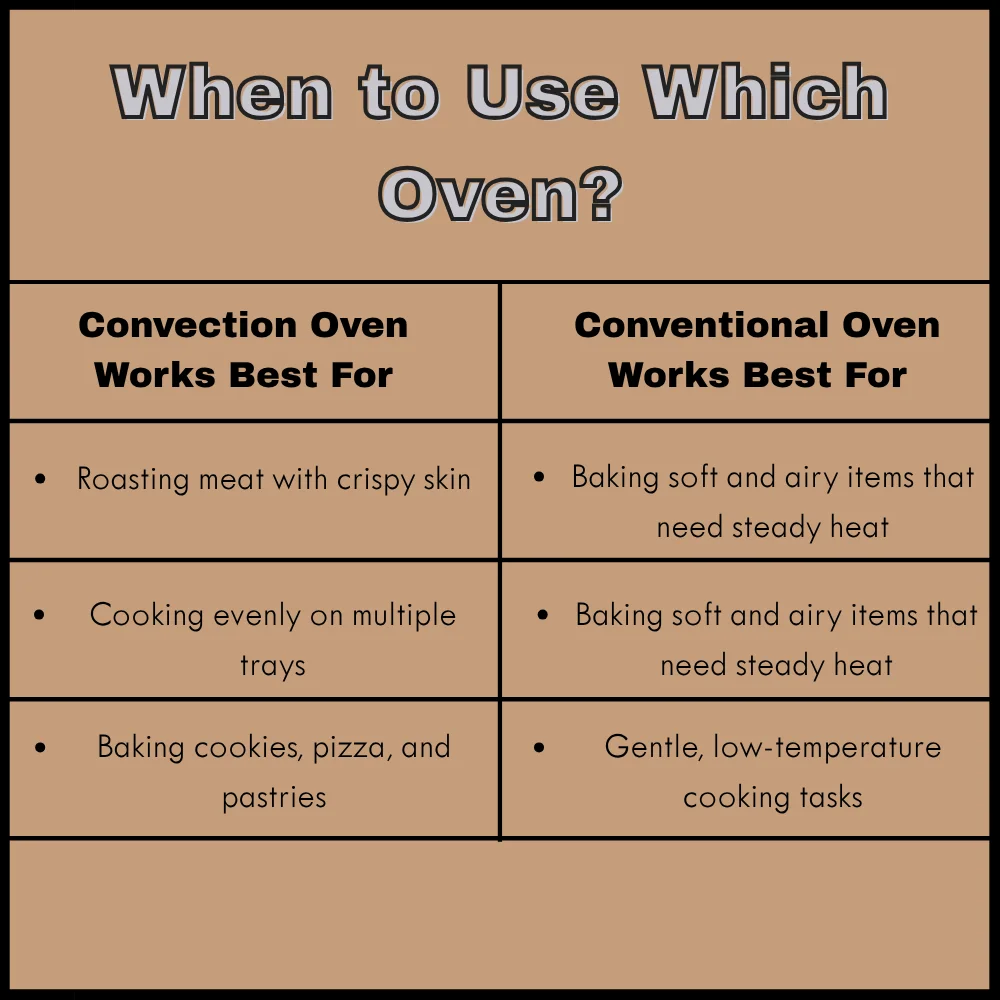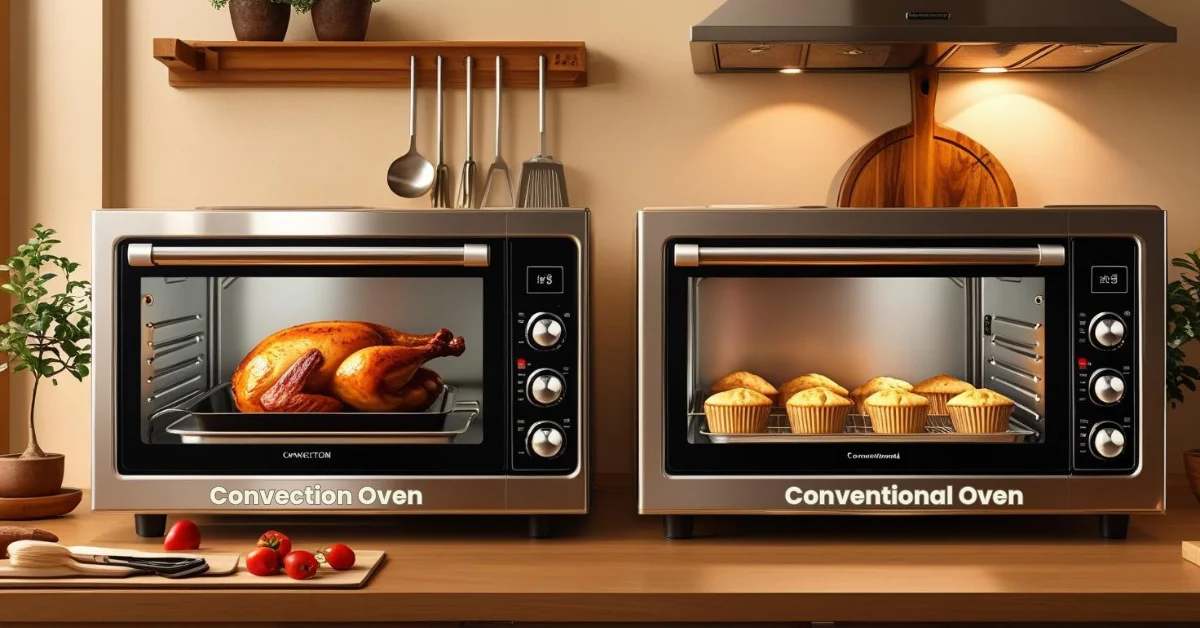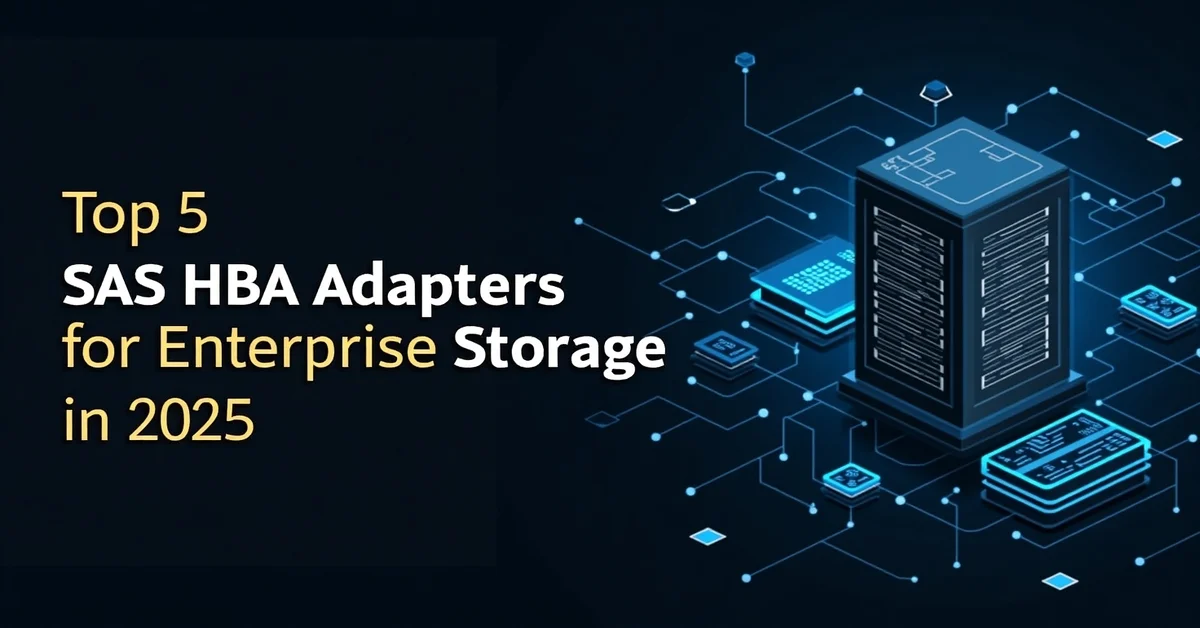Thinking of getting a new oven or upgrading your current one? You’ll likely come across two main types: convection ovens and conventional ovens. While they may appear alike at first glance, they work quite differently when it comes to cooking. The right choice depends on what you like to cook, how you cook it, and how much control you want during the process.
What is a Conventional Oven?
A conventional oven is the standard oven most people are familiar with. It uses two heating elements one at the bottom and one at the top to warm the air inside. The bottom part is typically used for baking, while the top is mainly for broiling.
Unlike convection ovens, this type doesn’t have a fan to move the air around. As a result, the heat spreads more slowly and unevenly, which can lead to some areas being hotter than others. This is especially noticeable when you’re cooking on more than one rack at a time.
Main Features of a Conventional Oven
- Heats using two elements (top and bottom)
- No built-in fan for air movement
- Suitable for baking, roasting, and broiling
- Heat distribution can vary within the oven
What is a Convection Oven?
A convection oven includes a fan and an exhaust system, in addition to the heating elements. The fan actively circulates warm air throughout the oven’s interior, helping to cook food more evenly and quickly.
This moving hot air surrounds the food from all sides, resulting in better browning, crisping, and reduced cooking time. It’s especially effective when roasting meats, baking batches of cookies, or cooking on multiple trays at once.
Main Features of a Convection Oven
- Has a fan and exhaust system
- Circulates hot air for even cooking
- Shorter cooking time
- Great for crisp textures and multi-rack baking
Side-by-Side Comparison
Here’s a quick table that highlights how both ovens differ:
| Feature | Conventional Oven | Convection Oven |
| Heat Source | Top and bottom elements | Elements plus circulating fan |
| Air Circulation | Natural (static air) | Active (via fan) |
| Cooking Time | Longer | Shorter (by 20–30%) |
| Heat Distribution | Uneven at times | Even across trays |
| Best For | Casseroles, cakes | Roasts, pizza, baked goods |
| Energy Efficiency | Less efficient | More efficient overall |
Pros and Cons of Conventional Ovens
Even though newer models offer advanced features, many people still prefer conventional ovens because they’re simple and reliable.
Pros
- Easy to operate and widely used
- Perfect for recipes that need slow, consistent heat
- Ideal for baking delicate items like cakes and muffins
Cons
- Can result in uneven cooking
- Takes more time to cook food
- Less energy-efficient for large or frequent meals
Pros and Cons of Convection Ovens
Convection ovens have grown in popularity, especially among home chefs who want faster, more reliable cooking results.
Pros
- Food cooks more evenly and in less time
- Great for roasting and baking large quantities
- Uses energy more efficiently
Cons
- May not suit delicate baking like sponge cakes
- Can dry out some foods if not monitored
- Requires adjustments in time and temperature
When to Use Which Oven?
Both oven types have their place and knowing when to use each one can improve your cooking results.

Conventional Oven Works Best For
- Baking soft and airy items that need steady heat
- Baking soft and airy items that need steady heat
- Gentle, low-temperature cooking tasks
Convection Oven Works Best For
- Roasting meat with crispy skin
- Cooking evenly on multiple trays
- Baking cookies, pizza, and pastries
Tips for Using a Convection Oven
If you’re just starting out with a convection oven, here are a few useful tips to help you get better results:
- Lower the temperature: Reduce the recipe temperature by about 25°F (or 15°C) from what a conventional oven would require.
- Check early: Because food cooks faster, keep an eye on it and check it a few minutes before the usual time.
- Choose shallow pans: These allow better airflow around your food.
- Avoid blocking airflow: Try not to cover dishes completely with foil or lids unless the recipe calls for it.
Should You Have Both?
Many modern ovens come with dual functionality, meaning they offer both convection and conventional settings. This can be an excellent solution if you want flexibility in the kitchen. You can switch between modes depending on what you’re cooking using convection for fast, even cooking and conventional for slower, more delicate baking.
If you’re shopping for a new oven, it might be worth investing in a dual-mode oven to enjoy the benefits of both types in one appliance.
Final Thoughts
The better oven for you depends on how and what you cook:
- If you enjoy baking bread, cakes, and follow traditional recipes, a conventional oven may be just right.
- If you like roasting, baking large batches, or want faster cooking times, a convection oven is the better choice.
Ultimately, both types can deliver great results. Learning how each one functions will help you decide which is best for your kitchen and lifestyle.



